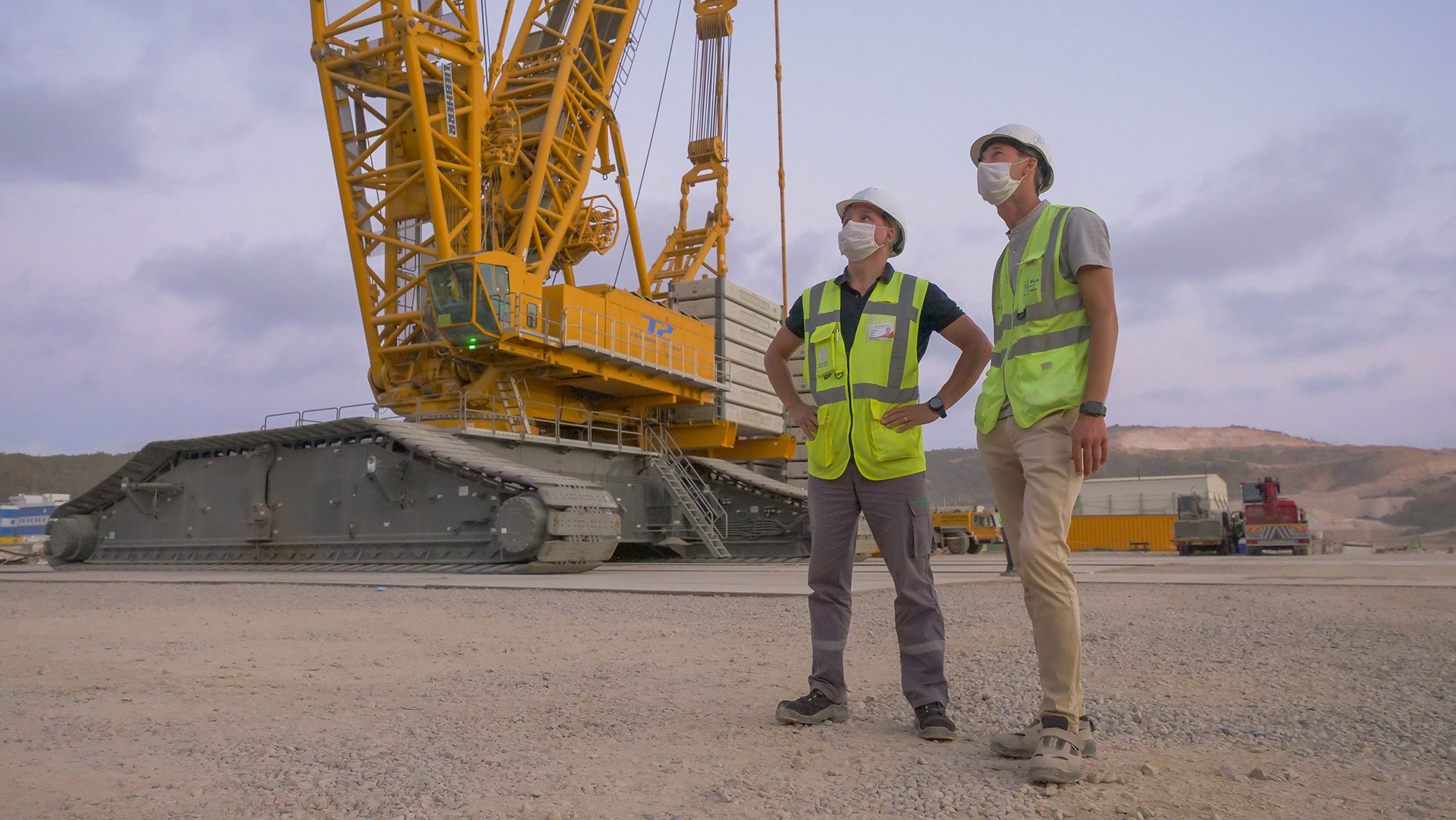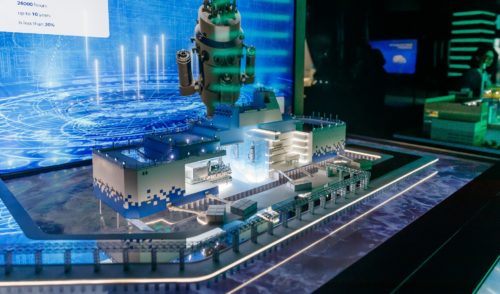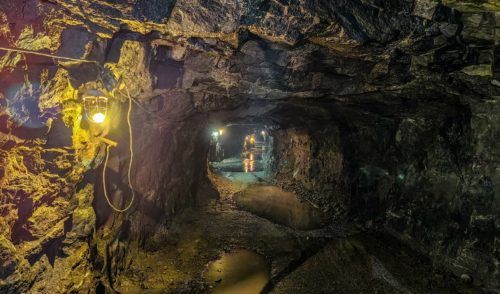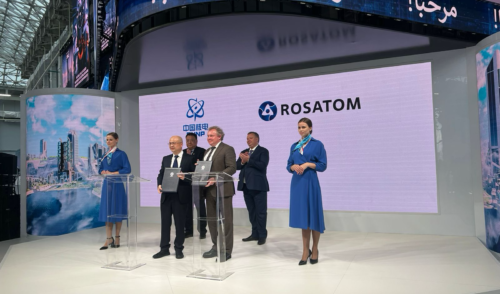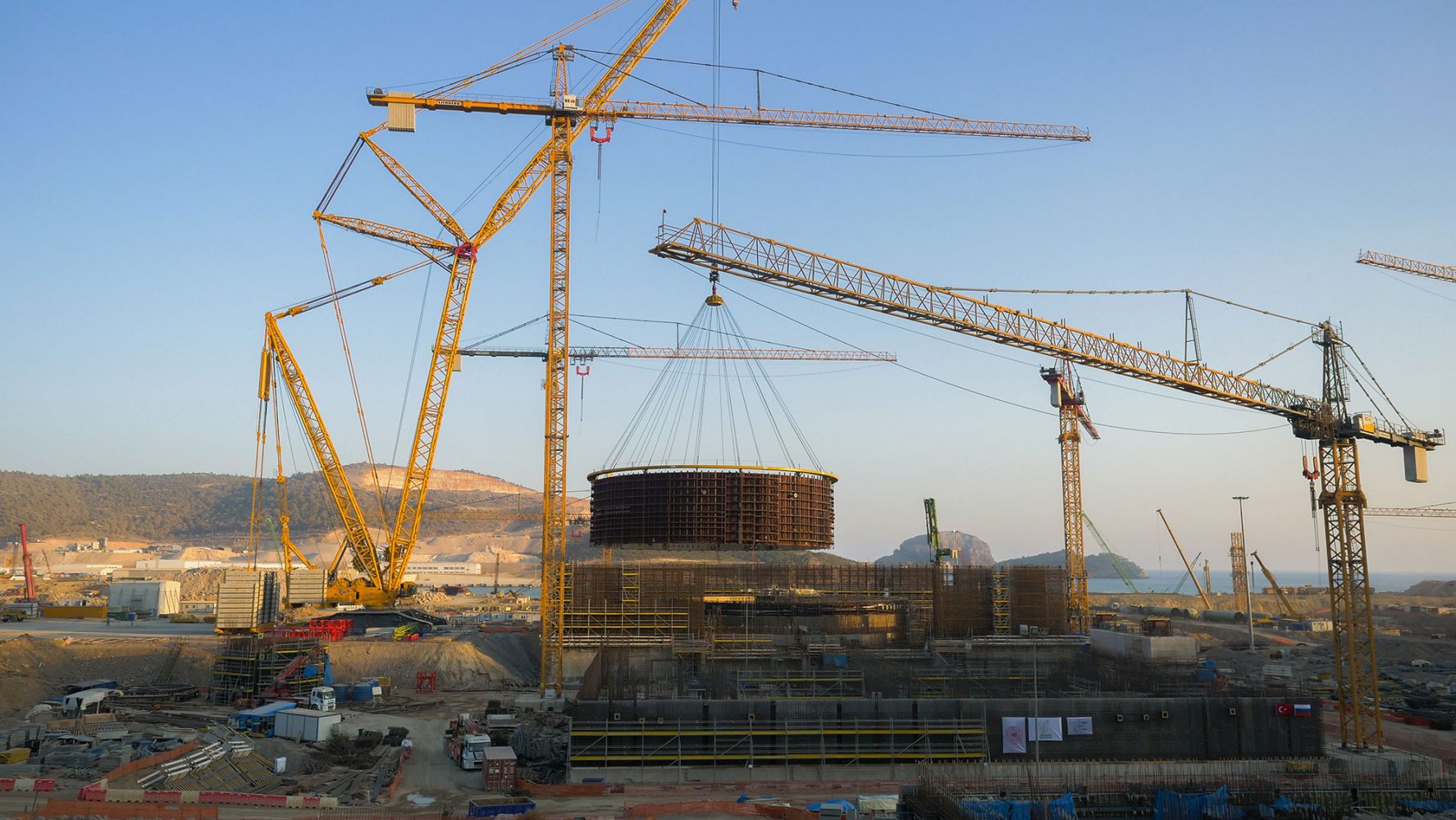
Knowledge is Power
back to contentsAccording to Anastasia Zoteeva, work on the Akkuyu construction site is concentrated in several areas. Just recently, workers finished installing the second tier of the internal containment structure at Unit 1. Also, concreting of the basemat began at Unit 2.
The plant management stays in close cooperation with local companies in an effort to increase local content in the services and materials procured for the project. As a result of its efforts, steel rebar for the nuclear power plant will be supplied entirely by Turkish companies.
Local engineers are also given priority in recruitment, Anastasia Zoteeva says. “Since hiring employees from Russia and other countries is more costly, most jobs at Akkuyu are given to locals. At present, Turkish citizens account for about 80 % of Akkuyu Nükleer’s staff.” There are 6,000 employees working at the construction site now.
In order to improve the qualification of Turkish employees, Rosatom has arranged for their training in Russia. As many as 143 engineers from Turkey graduated from Russian universities and took jobs at the Akkuyu NPP with another 120 students continuing their education.
On-site workers undergo training as well. Fire drills were organized in the office buildings for the administrative staff to learn how to safely escape the building in case of fire.
After a fire alarm went off, all 368 employees left the office buildings and proceeded to the meeting point, and a fire brigade consisting of four firefighters and a driver arrived at the site. The fully equipped fire brigade had drills.
“Members of the on-site firefighting crew daily take part in three theory classes and two practice sessions. Thanks to the continuous training, the fire drill was a success. These drills are organized to comply with the Turkish law and practice the interaction between response teams and coordination of their activities,” Semih Kumaş of the Fire Safety Department concluded.
The fire brigade of Akkuyu Nükleer is on duty round the clock. When on duty, its crew members also study occupational health and safety requirements, national fire safety regulations, do physical exercises and practice teamwork skills indoors and outdoors.
Rosatom Group companies continue manufacturing and shipping machinery and equipment for Akkuyu in accordance with the delivery schedule.
AAEM, a joint venture of Rosatom’s engineering division AtomEnergoMash and General Electric, developed a design of embedded parts for the condenser to be installed at Akkuyu. The parts are produced at ZiO-Podolsk, a subsidiary of AtomEnergoMash. The task of AAEM was to perform strength analysis and 3D modeling, prepare engineering design documents and supervise the production of embedded parts.
That was the first shipment made by AEMM for a steam turbine plant. The weight of more than 200 parts shipped by AEMM is about 17.5 tonnes. The total number of embedded parts exceeds 700.
According to the contract for the supply of machinery and equipment for Akkuyu’s turbine island, AAEM and ZiO-Podolsk will design and manufacture condensers, deaerators, separators, superheaters, high-pressure and low-pressure preheaters.
The Central Design and Technology Institute (a subsidiary of Rosatom’s fuel division) signed a contract for the manufacture and supply of loaders to be used at Akkuyu.
The institute will develop specifications, ship the loaders for each power unit and provide installation and commissioning services. The loaders will be manufactured in Russia.
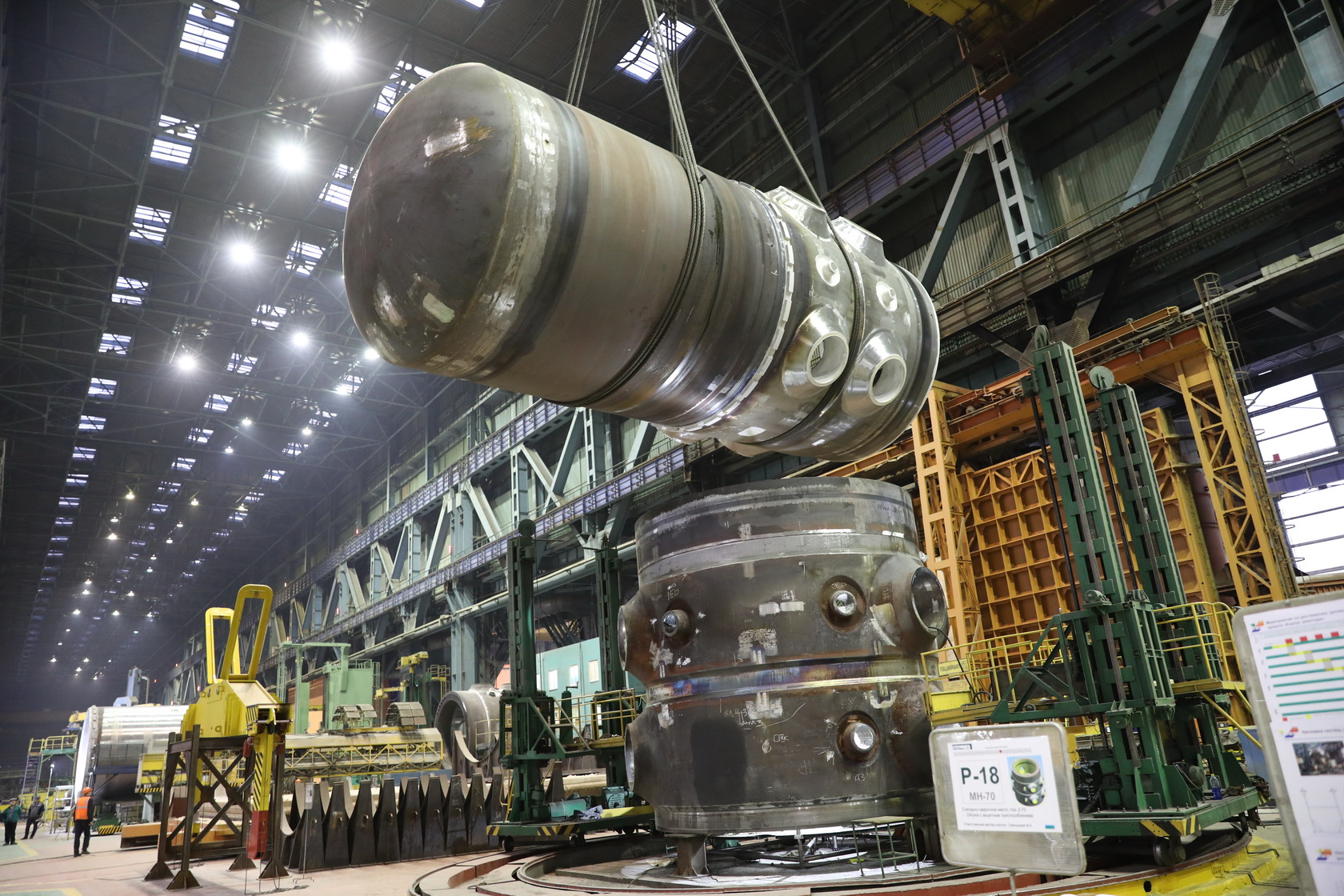
They are used to load nuclear fuel into the reactor, remove spent nuclear fuel and otherwise handle fuel assemblies and control rods.
The loaders are installed inside the air-tight reactor containment above the reactor pit and a cooling pond. The total weight of an assembled loader is about 55 tonnes.
The first loader for Unit 1 is expected to be delivered in 2022. Loaders for the other units will be shipped by the end of 2025, as planned. Their installation and commissioning will be completed in 2026. The Central Design and Technology Institute has begun preparing the project design and engineering documents for the loaders.
